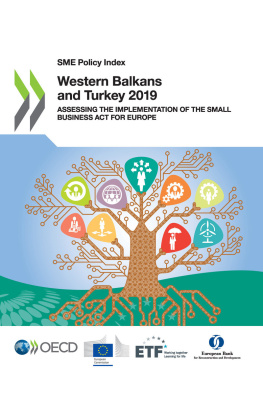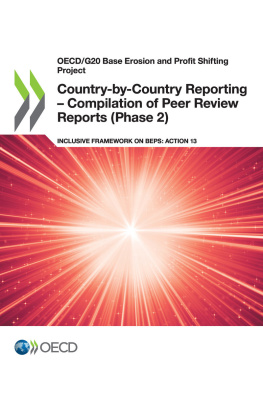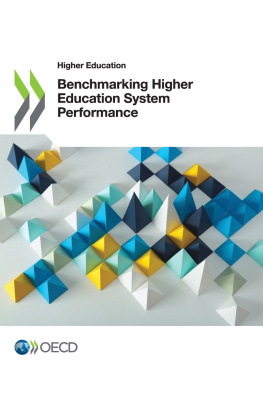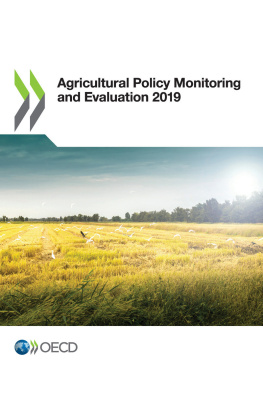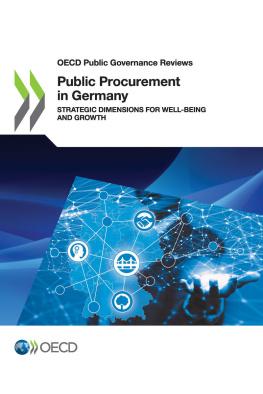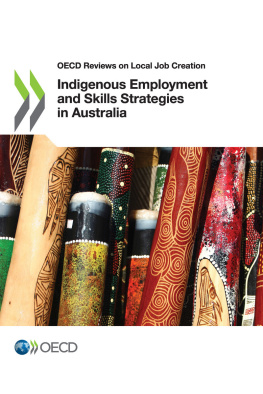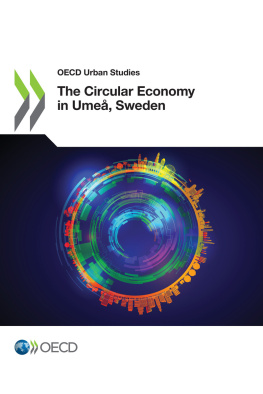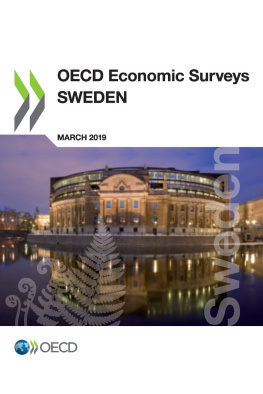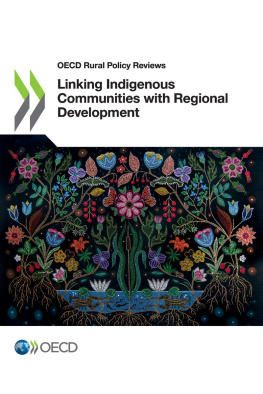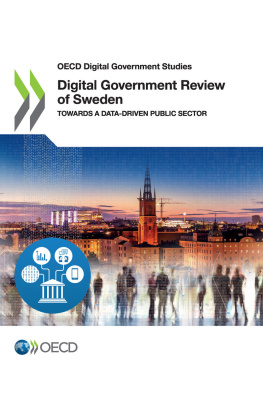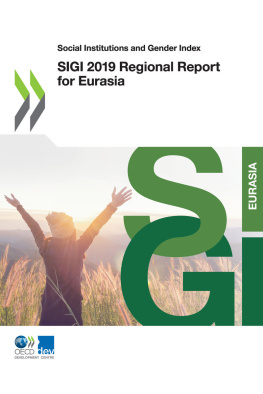OECD - Linking the Indigenous Sami People with Regional Development in Sweden
Here you can read online OECD - Linking the Indigenous Sami People with Regional Development in Sweden full text of the book (entire story) in english for free. Download pdf and epub, get meaning, cover and reviews about this ebook. year: 2019, publisher: OECD Publishing, genre: Politics. Description of the work, (preface) as well as reviews are available. Best literature library LitArk.com created for fans of good reading and offers a wide selection of genres:
Romance novel
Science fiction
Adventure
Detective
Science
History
Home and family
Prose
Art
Politics
Computer
Non-fiction
Religion
Business
Children
Humor
Choose a favorite category and find really read worthwhile books. Enjoy immersion in the world of imagination, feel the emotions of the characters or learn something new for yourself, make an fascinating discovery.
Linking the Indigenous Sami People with Regional Development in Sweden: summary, description and annotation
We offer to read an annotation, description, summary or preface (depends on what the author of the book "Linking the Indigenous Sami People with Regional Development in Sweden" wrote himself). If you haven't found the necessary information about the book — write in the comments, we will try to find it.
OECD: author's other books
Who wrote Linking the Indigenous Sami People with Regional Development in Sweden? Find out the surname, the name of the author of the book and a list of all author's works by series.
Linking the Indigenous Sami People with Regional Development in Sweden — read online for free the complete book (whole text) full work
Below is the text of the book, divided by pages. System saving the place of the last page read, allows you to conveniently read the book "Linking the Indigenous Sami People with Regional Development in Sweden" online for free, without having to search again every time where you left off. Put a bookmark, and you can go to the page where you finished reading at any time.
Font size:
Interval:
Bookmark:
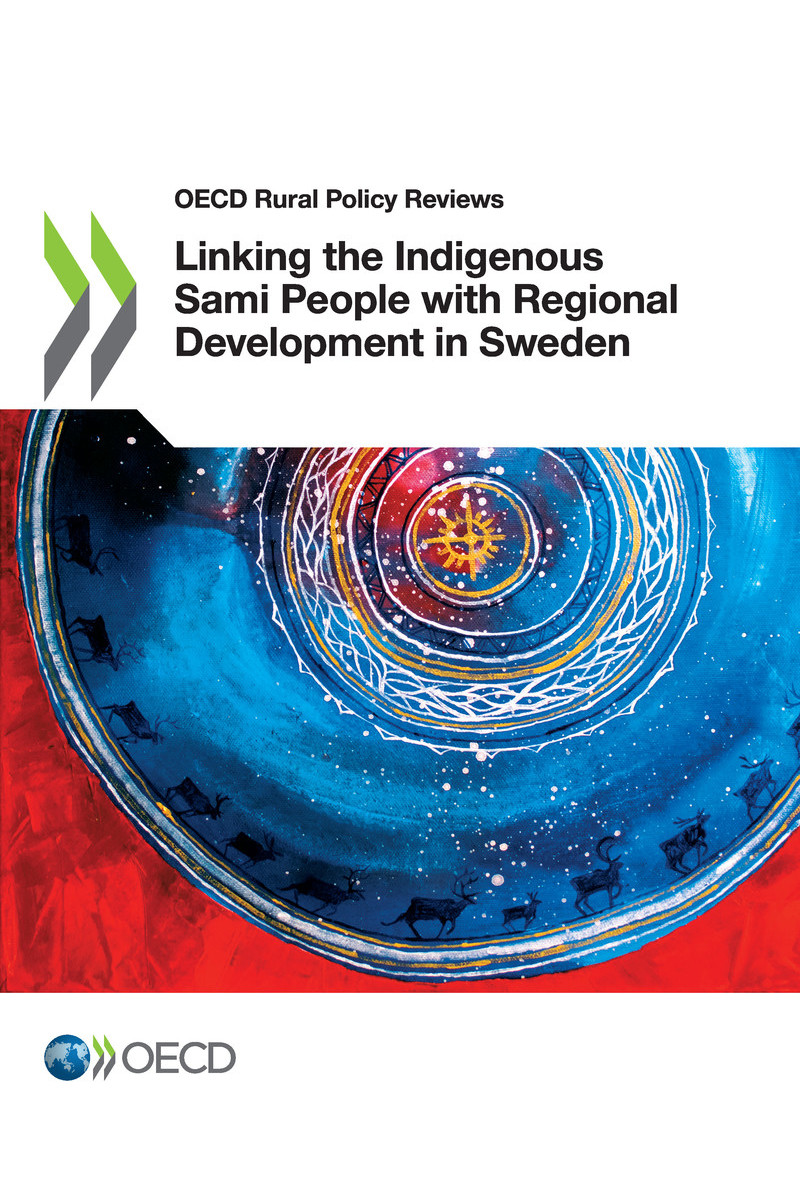
OECD (2019), Linking the Indigenous Sami People with Regional Development in Sweden , OECD Rural Policy Reviews, OECD Publishing, Paris.
https://doi.org/10.1787/9789264310544-en
Vibrant Indigenous economies are fundamental to self-determination. There are approximately 38 million Indigenous peoples living in 13 OECD member countries. Indigenous peoples make an important contribution to the culture, heritage, and economic development of these member countries. The diverse spiritual beliefs and worldviews of Indigenous peoples worldwide are rooted in connections to land and nature, emphasising its stewardship. Indigenous worldviews illuminate the path to sustainable development.
Across far too many indicators income, employment, life expectancy, and educational attainment there are significant gaps between Indigenous and non-Indigenous populations. Across Australia, Canada, Mexico, New Zealand and the United States, Indigenous people on average have an annual household income that is 30% lower than the non-Indigenous population. They also live on average 6 years less than non-Indigenous populations. Indigenous rates of secondary school completion are 16 percentage points lower, and employment participation is 13 percentage points lower than the non-Indigenous population. Improving the well-being of Indigenous peoples is critical to achieving inclusive development.
Geography is a key factor shaping the economic development and well-being outcomes of Indigenous peoples. Traditional territories are fundamental to Indigenous languages, identities and livelihoods. Indigenous peoples also have assets and opportunities that are important to regional and rural economies. However, Indigenous peoples are often disconnected from efforts to promote regional development. This disconnect contributes to continued disparities in the socio-economic outcomes experienced by Indigenous peoples. This study Linking Indigenous Peoples with Regional Development: Sweden explores these issues.
The Sami are an Indigenous people who have lived for time immemorial in an area that today extends across parts of Russia, Finland, Norway and Sweden an area collectively referred to by the Sami as Sapmi (Samiland). The Sami have an important role in these northern economies due to their use of land, their involvement in reindeer husbandry, agriculture/farming and food production, and their connection with the regions tourism industry. However, in Sweden, and in the other countries where the Sami live, the connections with regional development strategies are often inconsistent and weak. Better linking of the Sami and their local communities with regional development policies would help to preserve and promote Sami culture and create new employment and business opportunities.
This study offers policy recommendations in three main areas: i) improving data collection and dissemination on Sami livelihoods and well-being; ii) enhancing policies and programmes for Sami entrepreneurship and; iii) strengthening the linkages between the Sami as a group of diverse individuals and institutions and regional development efforts. It is hoped that this study, together with the Organisation for Economic Co-operation and Developments (OECD) broader thematic work on these topics, provides actionable recommendations on how to better include the Sami and other Indigenous peoples in regional development, learning from and incorporating their own perspectives on sustainable development in the process. This report contributes to the work programme of the OECD on regional and rural development. It was approved by the Working Party on Rural Policy [CFE/RDPC/RUR(2018)4] at its 21 st Session on 6 November 2018.
Linking Indigenous Peoples with Regional Development in Sweden was prepared by the OECD Centre for Entrepreneurship, SMEs, Regions and Cities, led by Lamia Kamal-Chaoui, Director. It was produced as part of the programme of work of the Working Party on Rural Policy of the Regional Development Policy Committee.
This report was co-ordinated by Chris McDonald and Tamara Krawchenko under the supervision of Jos Enrique Garcilazo, Head of the Regional and Rural Policy Unit in the Regional Development and Tourism Division led by Alain Dupeyras. The report was drafted by Tamara Krawchenko.
This report was made possible through the support of the Ministry of Enterprise and Innovation of Sweden and involved the close co-operation of the Sami Parliament of Sweden. The OECD Secretariat wishes to extend warm thanks to Patrik Johansson and Lena Lind in the Ministry of Enterprise and Innovation of Sweden for the day-to-day co-ordination of the project and overall advice and guidance. Special thanks are also given to representatives and officials from the Sami Parliament of Sweden, in particular, Matilda Mnsson (legal advisor) for her close co-ordination on the project and overall guidance and to Lars Anders Baer, Special Advisor, for his expertise and feedback. Many thanks also to Per-Olof Nutti, President of the Sami Parliament of Sweden, Marita Stinnerbom, Stefan Mikaelsson, Ingela Nilsson, Anne Walkeap, Rickard Doj, Lars-Ove Sjajn, Peter Benson and Leif Juogda for the in-depth analysis they have provided and their high level of engagement with the OECD team.
Moreover, the OECD team would like to thank many experts who provided extensive comments and review in the Ministry of Enterprise and Innovation: Susanne Adlercreutz, Helena Busk, Nina Bjresten, Hanna Ek, Camilla Frisch, sa Lvelius Kebert, Johanna Kirsten, Anna Larsson, Isabella Lb, Mattias Moberg, Linda Nremark, Hans Rolandsson, Eva Srell, Lars Sderlind, Nilla Thomson, Filip Vestling, Jacob Wichmann. Thanks are also extended to Nilla Thomson and Filip Vestling, Brje Alriksson (Ministry of the Environment and Energy); Patrik Sllstrm, Marcus Jernstrm and Peter Nergrd (Agency for Economic and Regional Growth); Lars Werke (Statistics Sweden); Lars-Marcus Kuhmunen (Ministry of Culture); Patrik Sllstrm, Tillvxtverket (Agency for Economic and Regional Growth); Britt-Inger Stoltz, Myndigheten fr yrkeshgskolan (Swedish National Agency for Higher Vocational Education); Gunilla Skotnicka, Naturvrdsverket (The Swedish Environmental Protection Agency) and; Johan Wester Skogsstyrelsen (The Swedish Forestry Agency). This study benefitted from the advice and research of Annette Lf, Patrik Lantto and Per Axelsson , Ume University; Kaisa Raitio (Swedish University of Agricultural Sciences); Rasmus Klcker Larsen (Stockholm Environment Institute); Per Sandstrm (Swedish University of Agricultural Sciences); and Christina Allard (Lule Technical University).
Font size:
Interval:
Bookmark:
Similar books «Linking the Indigenous Sami People with Regional Development in Sweden»
Look at similar books to Linking the Indigenous Sami People with Regional Development in Sweden. We have selected literature similar in name and meaning in the hope of providing readers with more options to find new, interesting, not yet read works.
Discussion, reviews of the book Linking the Indigenous Sami People with Regional Development in Sweden and just readers' own opinions. Leave your comments, write what you think about the work, its meaning or the main characters. Specify what exactly you liked and what you didn't like, and why you think so.


